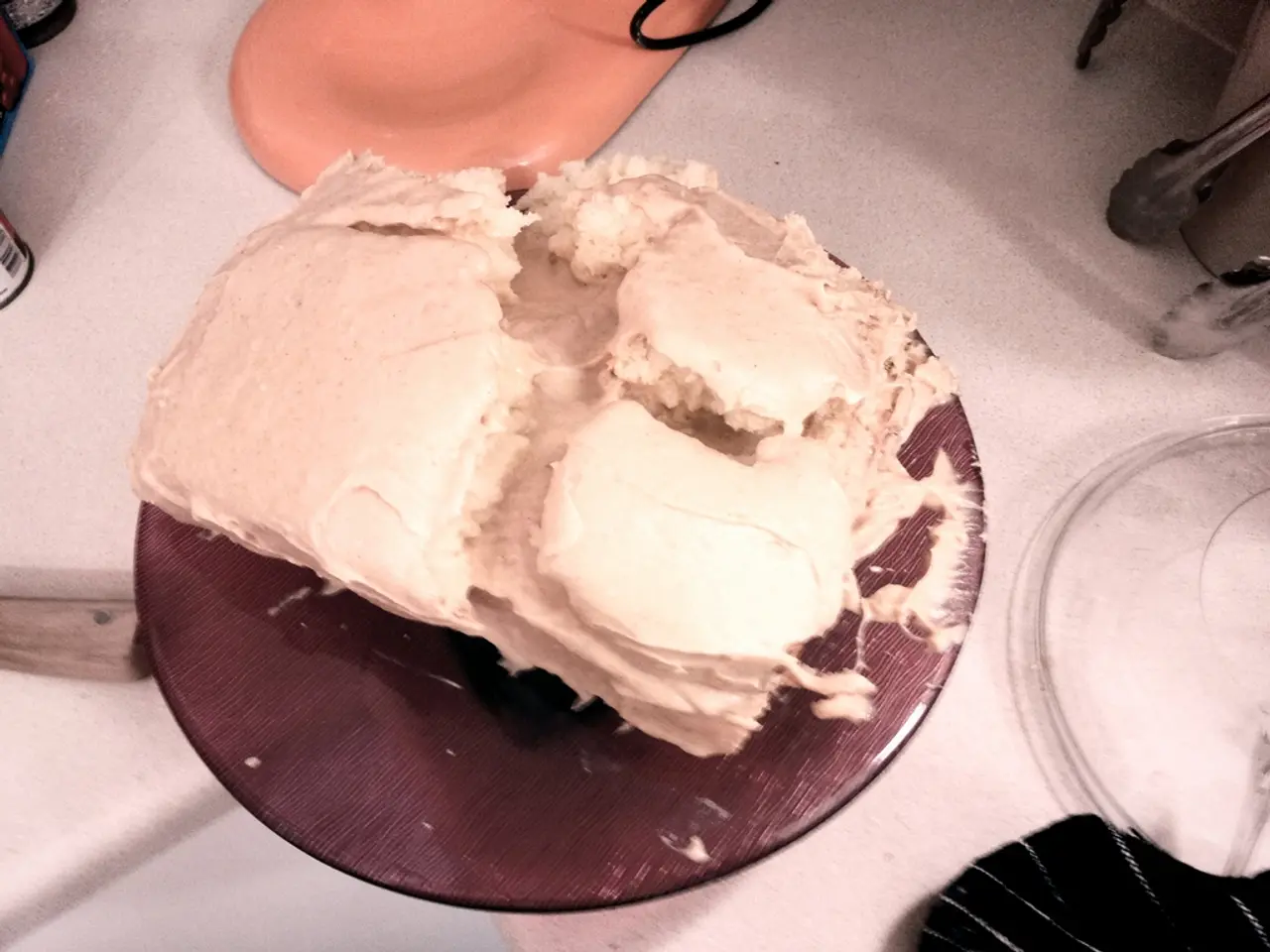Four pressure points for initiating labor naturally
Acupressure, a non-invasive alternative therapy, has been gaining popularity among pregnant women seeking to naturally stimulate labor. The practice involves applying physical pressure to specific points on the body, with the belief that it can influence the nervous system and muscles to help induce labor.
**Effectiveness**
While some sources suggest acupressure may help initiate labor by targeting specific acupressure points believed to encourage uterine contractions, the evidence remains largely anecdotal or based on traditional use rather than robust clinical trials specifically on labor induction effectiveness. Acupuncture, a related modality involving needle insertion, has shown some efficacy for related pregnancy issues such as reducing uterine contraction pain after cesarean section, but this is not direct evidence that acupressure induces labor.
**Potential Benefits**
Acupressure is generally regarded as a low-risk, non-pharmacological approach that can be performed by trained practitioners or guided individuals. It might help reduce anxiety and promote relaxation through stimulation of the nervous system. It could be preferred by those wanting to avoid medical induction methods like synthetic oxytocin or prostaglandins.
**Potential Risks**
There is limited rigorous scientific evaluation of acupressure safety in pregnancy; thus, pregnant individuals should consult their healthcare provider before attempting it, especially because inappropriate stimulation could theoretically induce premature labor or contractions before the body is ready. When done improperly or without professional guidance, acupressure might cause discomfort or unintended uterine stimulation. It should not replace medically indicated induction when necessary for maternal or fetal health reasons.
**Key Acupressure Points**
Most research on acupressure for inducing labor focuses on four specific points on the body: LI4, SP6, BL32, and BL60. SP6, located on the inside of the leg just above the ankle and associated with spleen health, is believed to help reduce the severity of labor pain and potentially shorten the length of labor. However, a 2017 review found no clear evidence that acupressure can induce labor, and a 2017 study found that acupressure at this point did not help induce labor.
LI4, located in the webbing between the thumb and index finger and believed to affect the behavior of the large intestine, is another key point. While massaging LI4 may help with labor pain, research has not conclusively shown that it can induce labor. BL32, midway between the lower spine and the dimple of the buttocks, can produce a tingling numbness when pressed. However, a 2017 study found that acupressure here did not induce or shorten labor, and more research is necessary to confirm these results. BL60, at the top of the Achilles tendon just behind the ankle, is used by some people to relieve pain during the first stage of labor, but a 2017 study found that it failed to help induce labor.
In summary, while acupressure is a popular alternative method for labor induction with some anecdotal support and possible benefits for relaxation and mild stimulation, strong clinical evidence proving its effectiveness and comprehensive safety profile during pregnancy is still lacking. Pregnant people considering acupressure should discuss it with their healthcare provider to weigh potential benefits against risks and ensure safe application.
- Acupressure, often used for promoting relaxation, may target specific points like BL60 on the Achilles tendon, which some people use for pain relief during labor, but its effectiveness in inducing labor remains uncertain, as a 2017 study suggested.
- Type 2 diabetes, macular degeneration, obesity, asthma, eczema, ankylosing spondylitis, and predictive health-and-wellness trends may all be potential areas of study for the science of acupressure, given its capacity to stimulate the nervous system and influence various bodily functions.
- In the context of health-and-wellness, acupressure can be seen as a promising natural alternative, offering low-risk possibilities for individuals dealing with conditions like degeneration, diabetes, or even related concerns such as anxiety and stress.
- Expert opinion indicates that while improperly executed acupressure might cause discomfort or unintended uterine stimulation, following professional guidance can help ensure safety during pregnancy, preventing potential risks like premature labor.
- Sources suggest the existence of key acupressure points such as SP6, located just above the ankle, and LI4 in the space between the thumb and index finger, each believed to influence aspects of labor, such as pain reduction and labor duration.
- Given the inconclusive nature of current evidence, healthcare professionals advise people to discuss the potential benefits and risks of acupressure during pregnancy with their providers to make informed decisions, ensuring the well-being of both mother and child.
- In addition to the four primary points mentioned (LI4, SP6, BL32, and BL60), acupressure practices involve numerous other points throughout the body, opening doors for ongoing research and potential discoveries in the science of acupressure and its impact on various aspects of human health.




